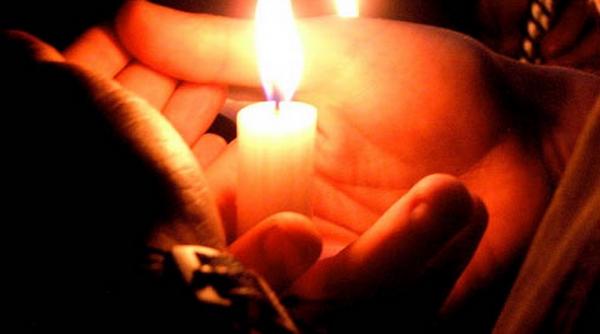The average purchasing power per capita this year in Romania is EUR 7,738, 56% below the European average, placing the country in the 33rd spot out of 42 in the ranking, according to a new study by GfK.
In 2023, the average purchasing power per capita in Europe is EUR 17,688. However, there is a clear difference among the 42 countries surveyed: Liechtenstein, Switzerland, and Luxembourg, for example, have a higher net income than the rest of Europe, while purchasing power is lowest in Belarus, Kosovo, and Ukraine.
The biggest winner of the year is Ireland, which climbed four places in the European ranking, according to the ‘GfK Purchasing Power Europe 2023’ study.
In total, Europeans have around EUR 12.1 billion available to spend in 2023 on food, services, energy, private pensions, insurance, holidays, mobility, consumer goods, and durable goods. This figure corresponds to an average purchasing power per capita of EUR 17,688 per year, representing a 5.8% increase compared to the previous year.
As in previous years, Liechtenstein significantly surpasses the value of purchasing power compared to other countries, with a per capita purchasing power of EUR 68,843, nearly 3.9 times higher than the European average. Switzerland (EUR 49,592) and Luxembourg (EUR 40,931) rank second and third. All other countries in the top ten also have significantly above-average purchasing power per capita – at least 47% higher than the European average.
In total, 16 of the 42 countries examined are above the European average. These contrast with the 26 countries that have purchasing power below the European average, including Spain (EUR 16,449).
As in previous years, Ukraine continues to be at the bottom of the ranking. Residents there have a purchasing power of only EUR 2,478 per capita, which is exactly 14% of the European average.
“This year, European countries have once again registered a significant increase in purchasing power of almost 6% on average, but this still cannot compensate for the still high inflation rate. However, purchasing power does not evolve similarly in all countries: for example, while Ireland climbs four places, the neighboring country, the United Kingdom, drops three places. Within the same country, there were fluctuations, such as in the Czech Republic, where the purchasing power rate varied considerably this year, or in Poland or France, where there is an even greater difference between regions with low purchasing power and those with high purchasing power. However, a somewhat positive trend can be observed among all 42 countries,” said Tim Weber, GfK expert in geomarketing services.
In Romania, the gap between regions with weak and strong purchasing power is deepening. Bucharest is clearly in first place, with a per capita purchasing power of EUR 15,314. Residents of the capital have nearly 98% more purchasing power than the national average and 3.8 times more purchasing power than the residents of Vaslui County, which has the lowest purchasing power available for expenses and savings, at EUR 4,010, representing almost 52% of the national average. All the counties in the top ten have a per capita purchasing power above average.
The 'GfK Purchasing Power Europe 2023' study is available for 42 European countries at detailed regional levels, such as municipalities and postal codes, along with data on residents and households, as well as digital maps.
(Photo source: Ungureanu Vadim | Dreamstime.com)
























 English (US) ·
English (US) ·  Romanian (RO) ·
Romanian (RO) ·